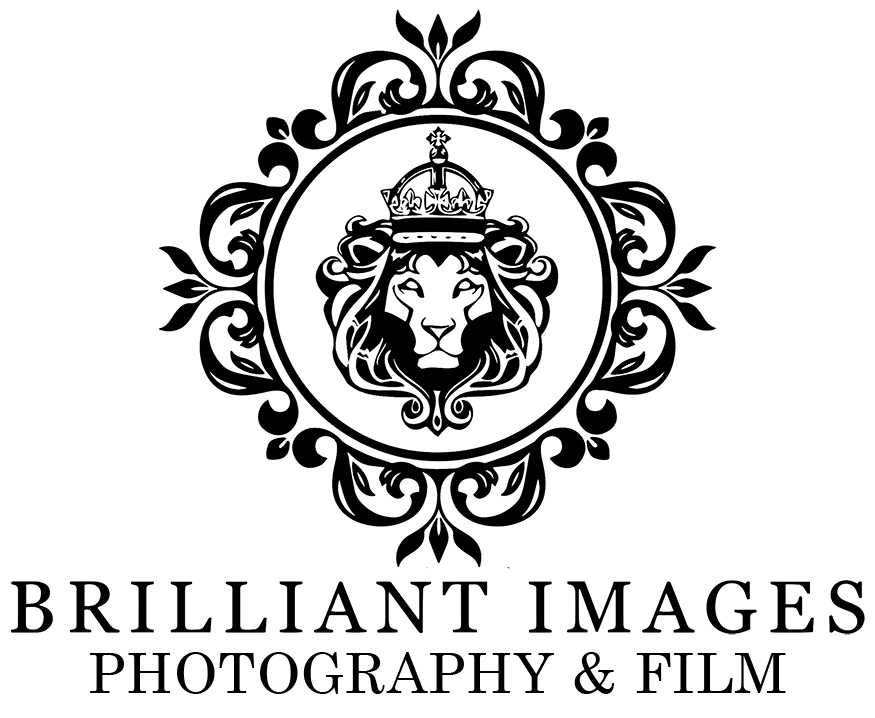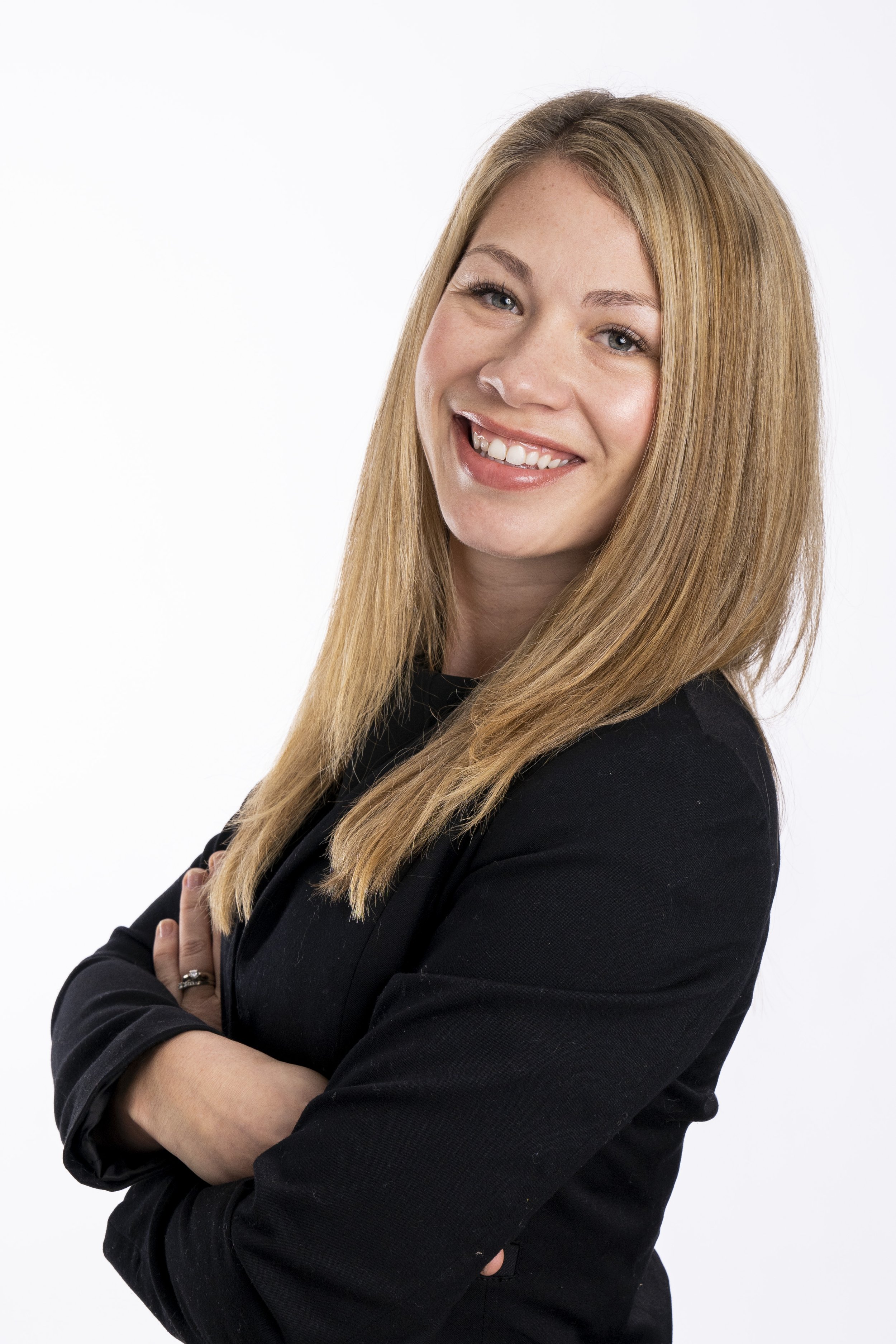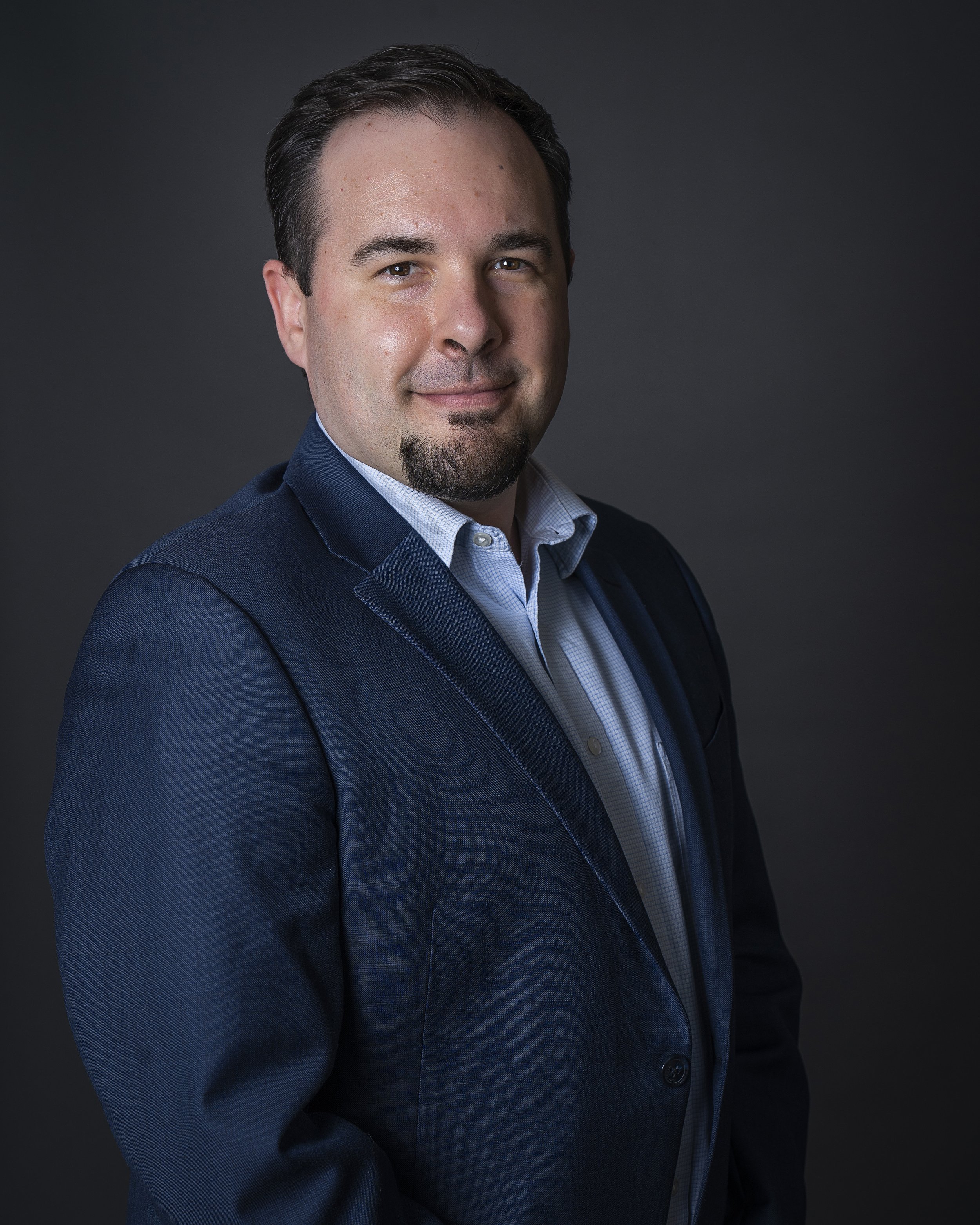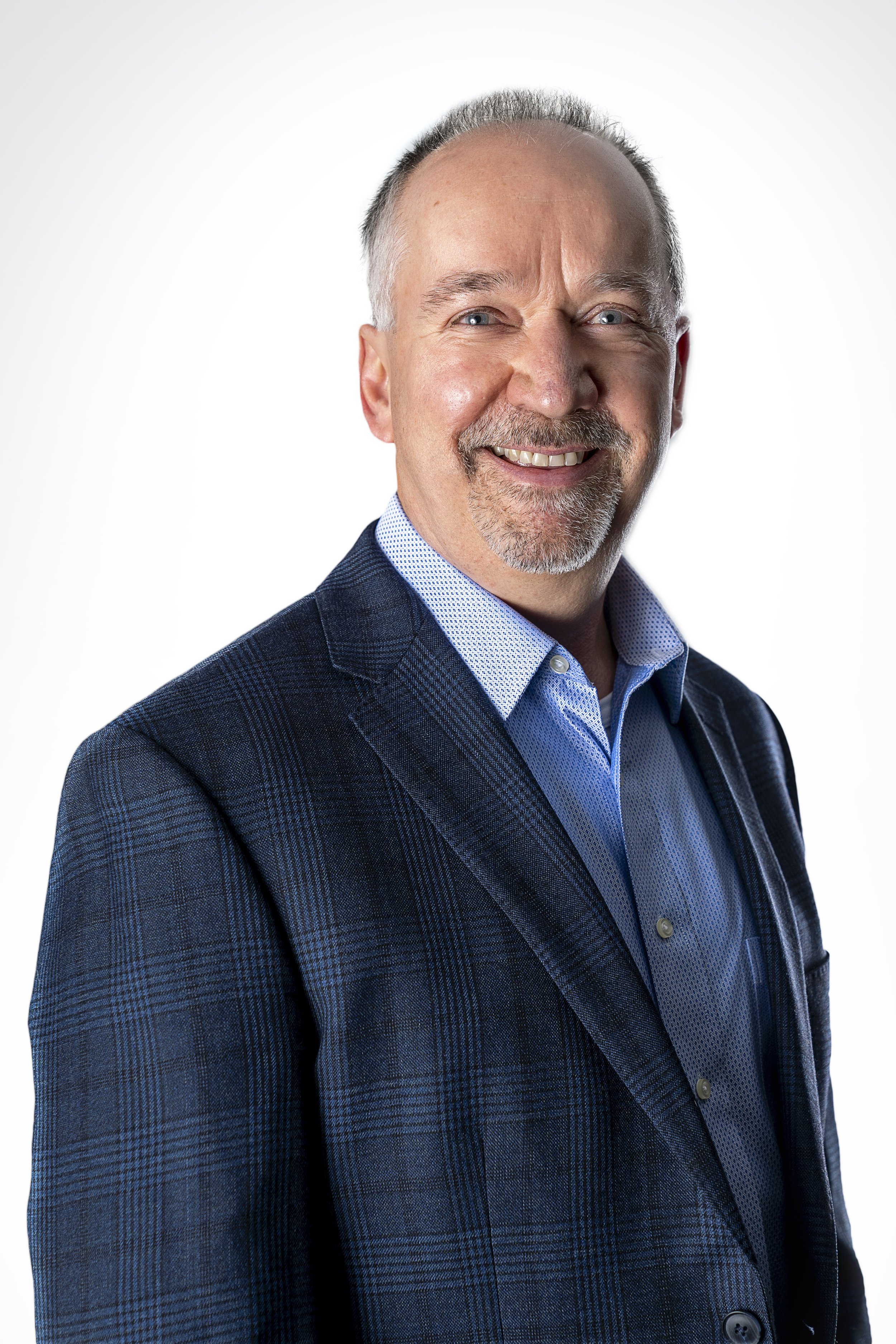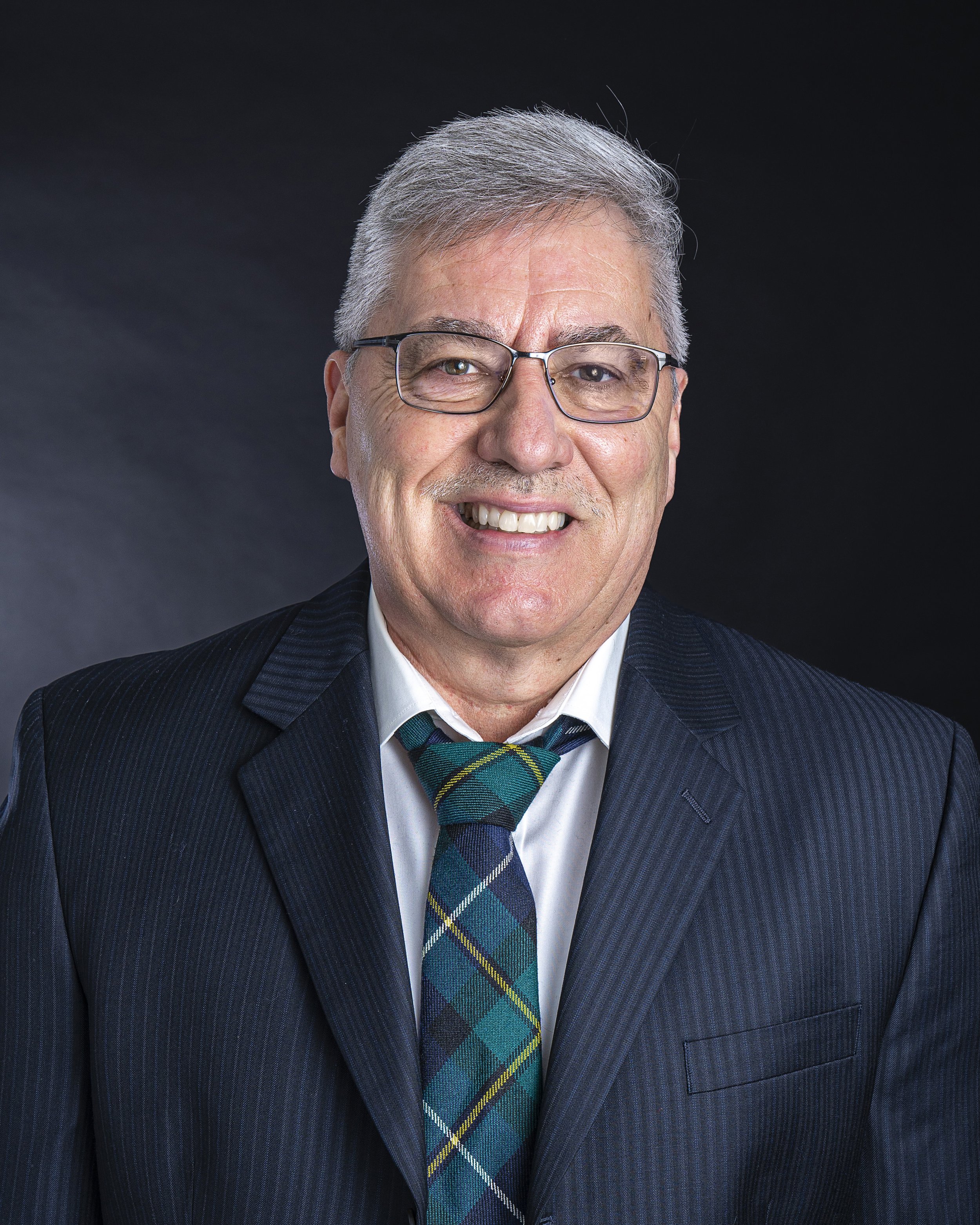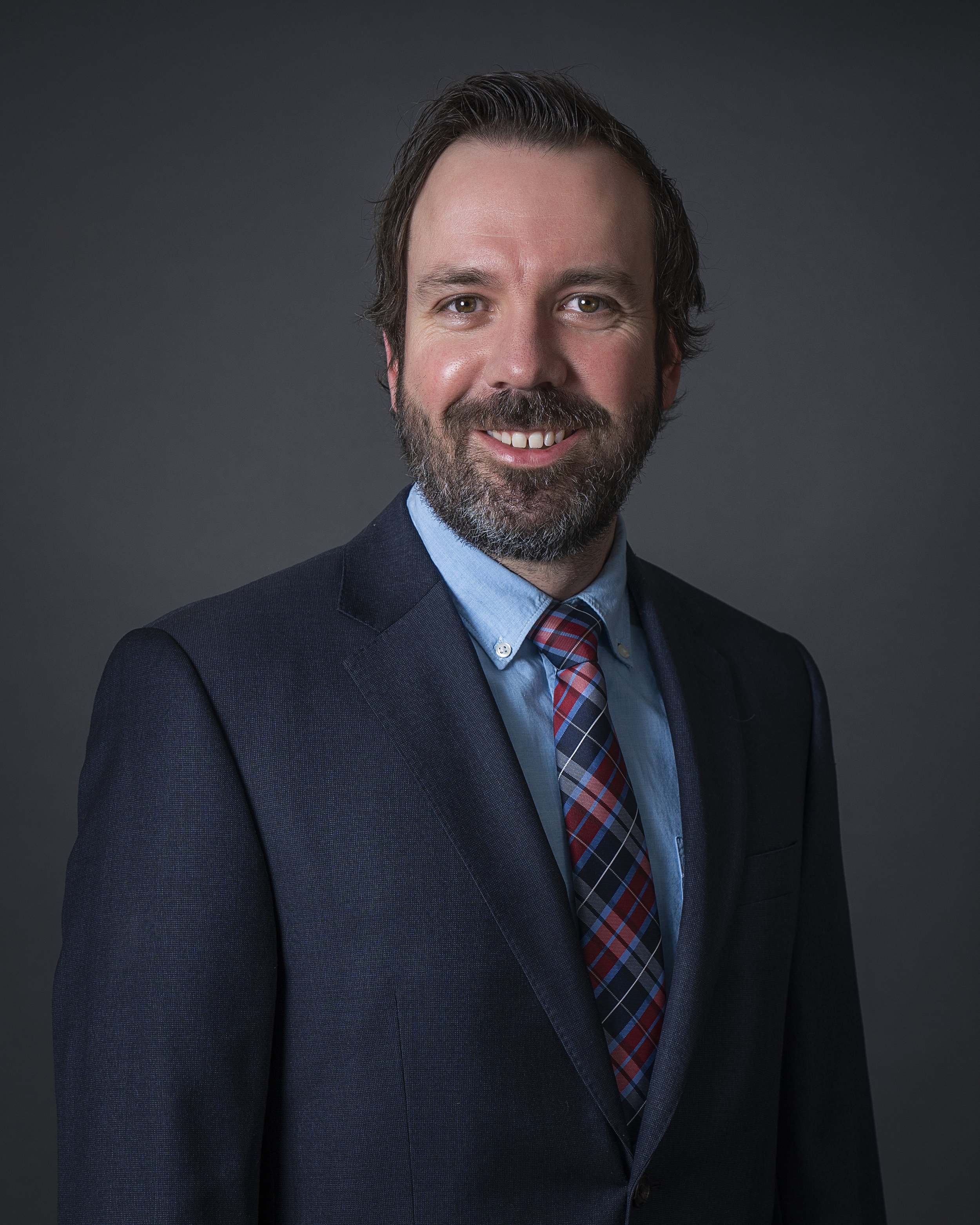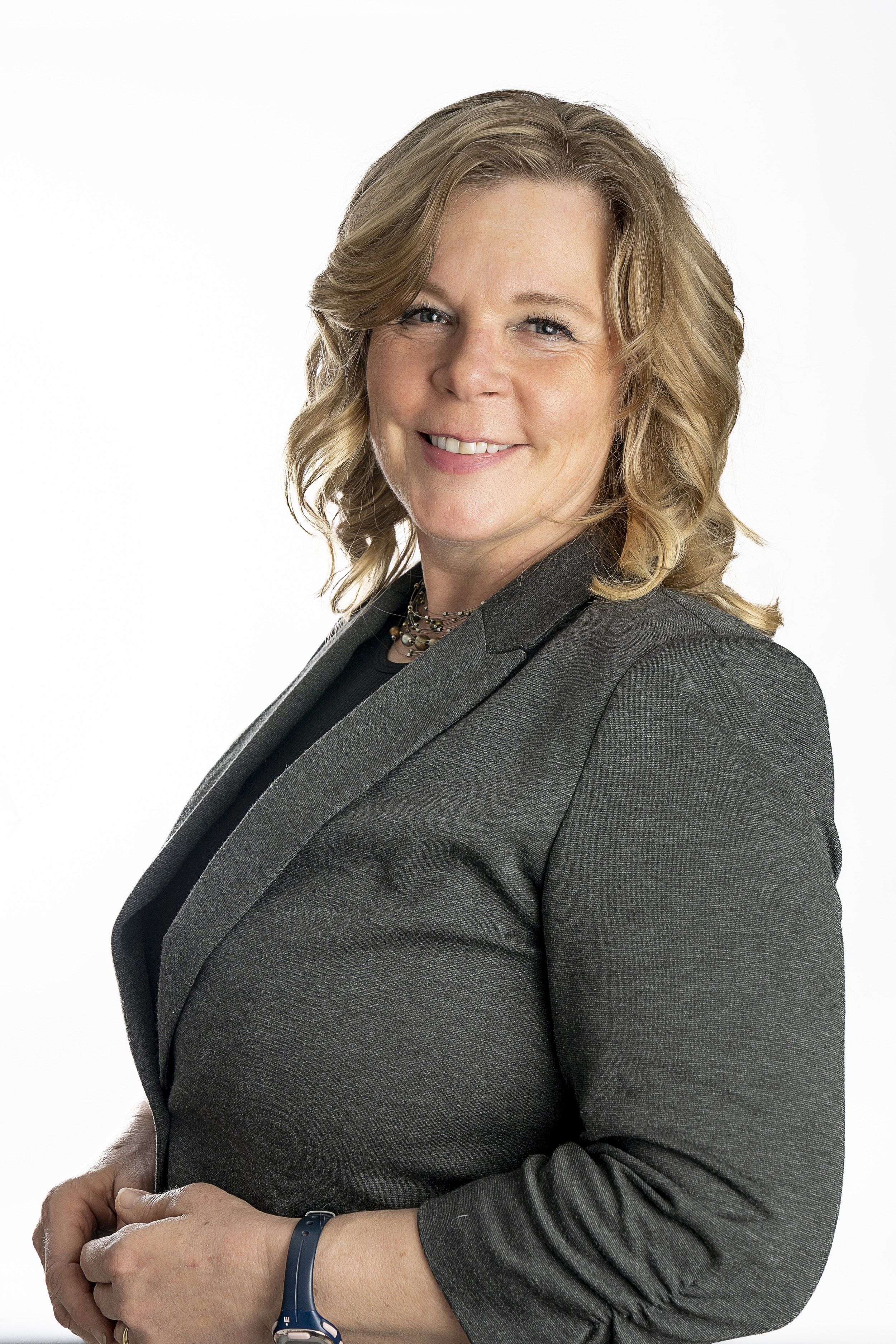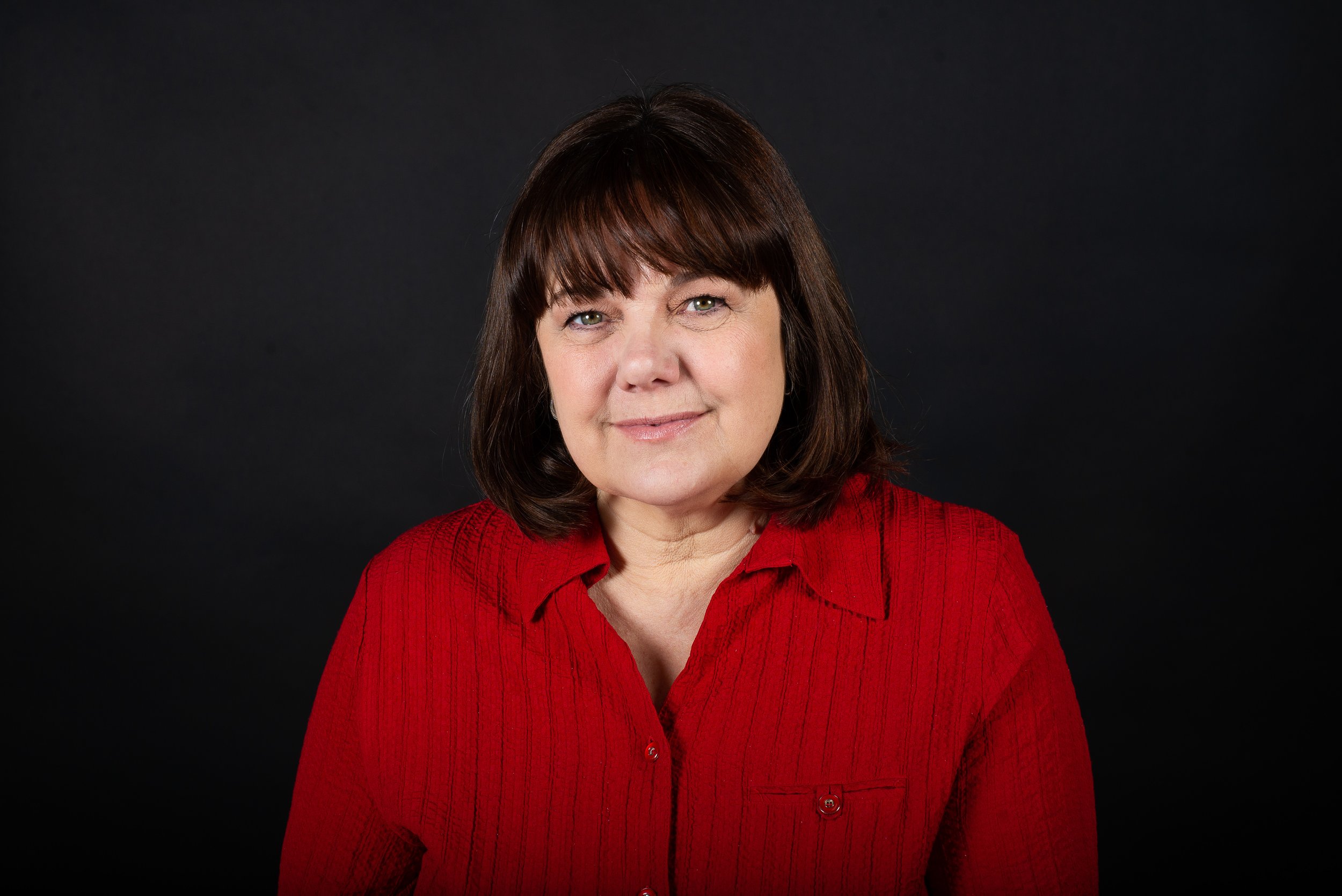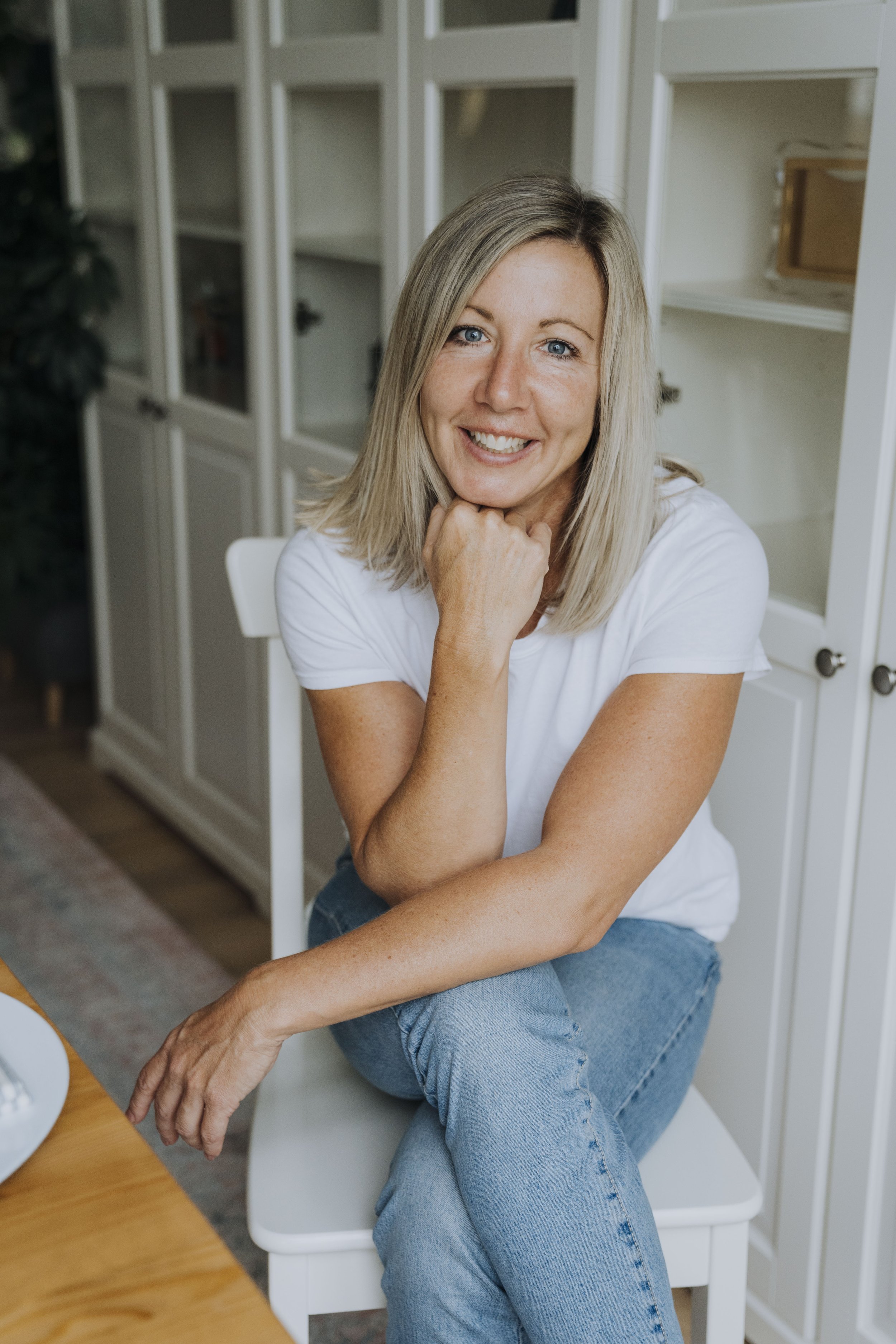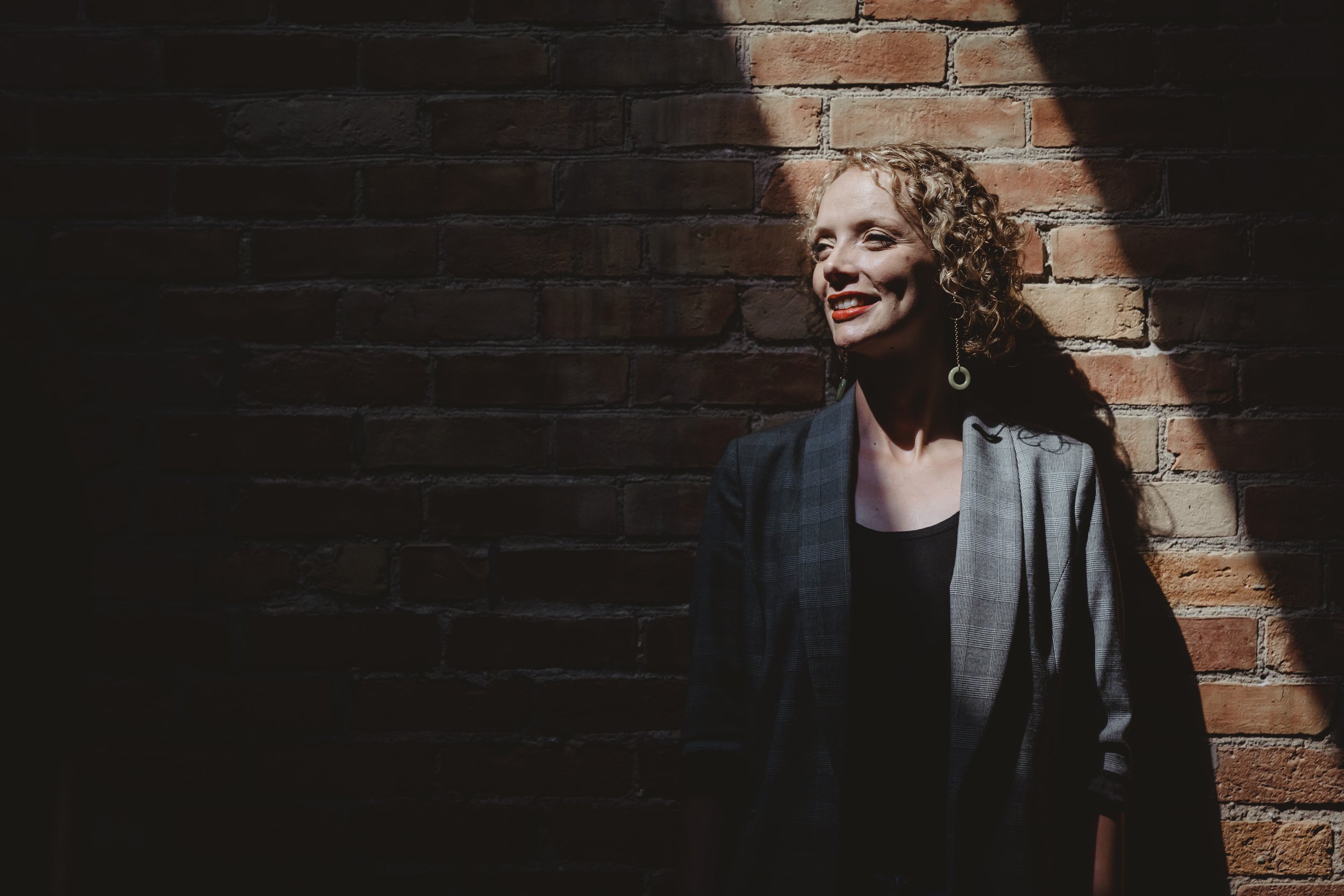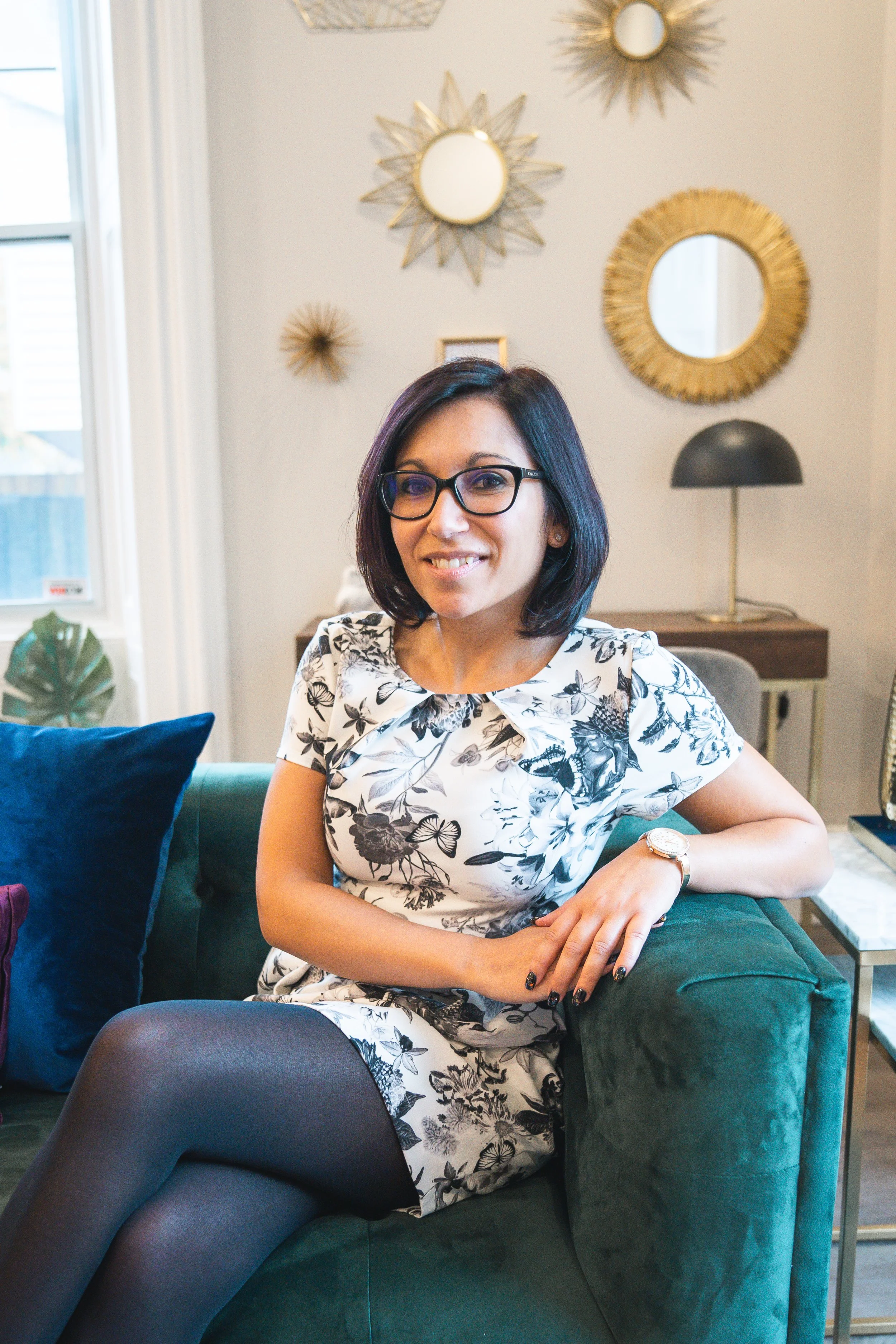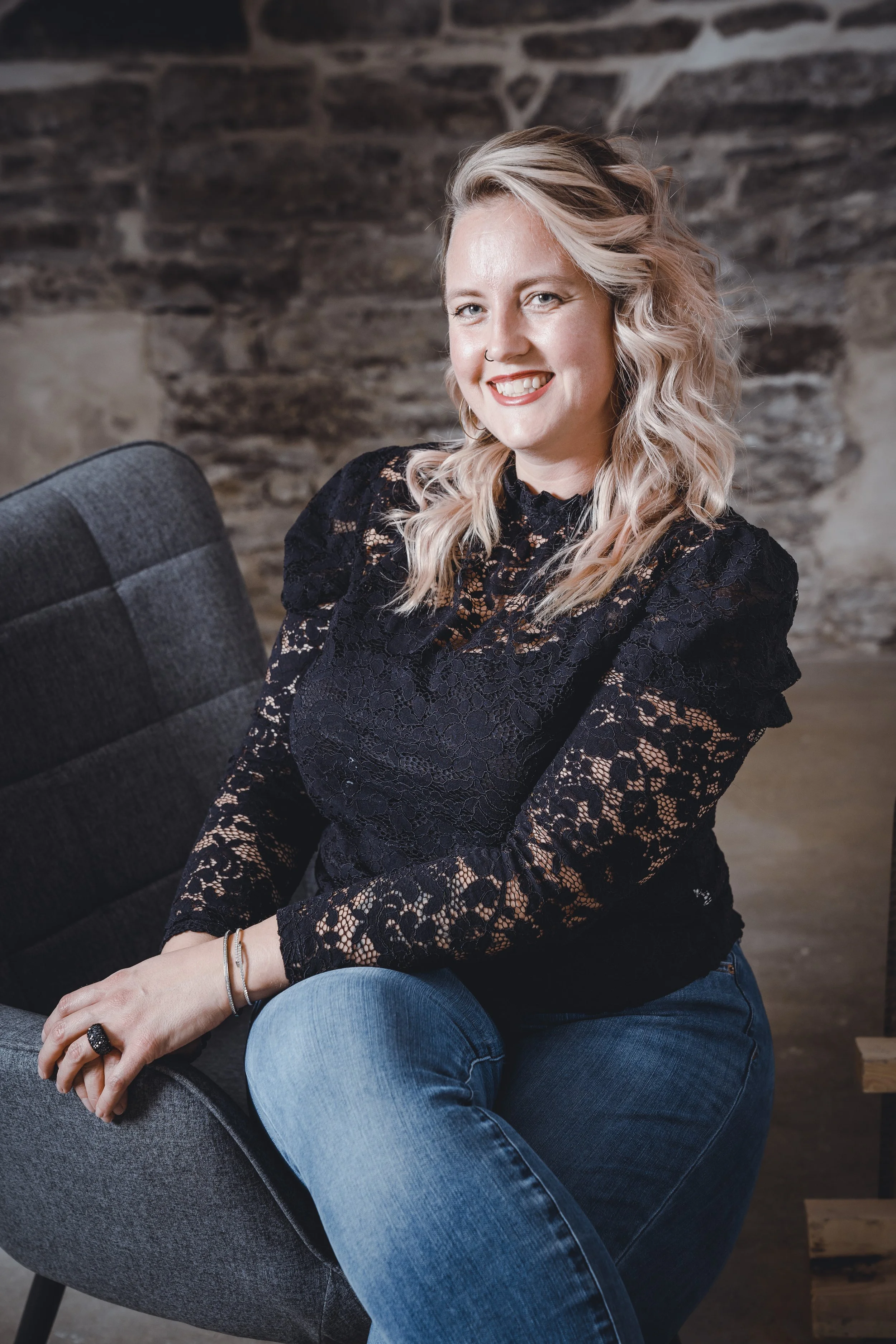Professional headshots for you and your business.
People see your headshot first and then decide if they want to learn more about you.
Your professional headshots need to send the right message to your audience.
How to dress for your Headshot and Portrait photoshoot
Not sure how to prepare for your headshot session?
This article provides some guidance on how to dress and put yourself together for your portrait or headshot photoshoot.
Use the tips below to look your best on camera and make the most out of your headshot or portrait session.
Professional Headshots
When choosing what to wear for a professional headshot session, think classic, as dictated by the professional industry for which you will be using the photos. You want to look like yourself, so the main objective is to wear something that draws attention to your face, rather than flashy statement pieces that distract from your natural features.
You also want to look like someone who is competent within your professional industry. Try googling ‘<your industry> headshots’ to get an idea of what people in your industry typically wear. For corporate headshots, wear dark-coloured business clothes. For actor and model headshots, wear casual clothes with a flattering fit. Opt for neutral colours that compliment your eyes, hair, and skin tone. Wear the best version of what you would typically wear to work. Remember, you want to look the way you do in real life, so don’t overdress just for the sake of the photoshoot.
What To Go For
Here are a few general tips for what looks great on camera:
-Fitted rather than baggy clothes: Baggy clothes will make you look heavier on camera and obscure your silhouette. A great portrait makes use of shapes and lines that are pleasing to the eye, so make sure your clothes are fitted well. Baggy clothes will hide your shape and too tight clothes may create bulges in unwanted places.
-A flattering neckline: V-necks look great on most women and crew necks or V-necks look great on most men. A too high neckline makes it look like you have no neck on camera and a too low neckline is unsuitable for professional headshots or portraits. Of course this rule is NOT applying to all portraits, for example, acting headshots.
-Layers: Jackets, blazers, and sweaters are great options to bring as layers. If you want to wear a light-coloured top, make sure you have a dark-coloured piece to layer over it so that the brightness of the top doesn’t wash your face out on camera. An outfit with layers allows you to get a few looks out of the same outfit by taking off and putting on various layers as you are shooting, without having to do a full wardrobe change.
-Accessories: Hats, scarfs, and simple jewellery add flare to your look and can work very well on camera when worn tastefully. However, make sure you do a few test shots with and without each of your accessories before committing to them for your photoshoot. If you wear glasses, do some shots with and some shots without them. Make sure there is no glare from your glasses; tilting them slightly up or down should take care of any glare.
-Rich, deep colours: Rich, deep colours pop on camera and contrast with your skin tone in a way that helps draw attention to your face. Navy blue, royal purple, ruby red and other jewel tones are great options.
-Different versions of your favourite colour: Bring a few different versions of your favourite colour so you can try them out and see how they look on camera.
-Clean clothes with no wrinkles: This one should be a no brainer. You want to look polished for your headshots and portraits, so make sure that whatever you want to wear is in the best condition possible.
-Colours that match the backdrops you will be using: Make sure your outfits match the backdrop for the shoot. Ask your photographer ahead of time what coloured backdrops are available for your photoshoot and choose outfits accordingly. In my studio, we have, white, black and gray.
-Wear what you love: The most important rule! Wear what you love and what you feel comfortable in. If you feel great in your clothes, it will come across in your posing and facial expression. The confidence you get from wearing clothes you love is the best fashion trick for beautiful headshots and portraits.
Even though we account for glasses during sessions, sometimes, glare happens.
However, we provide full retouching services with your session. Don’t worry about that blemish that popped up the night before your headshots session. That's what retouching is for. Wrinkles can be softened, teeth can be whitened, and slight redness in skin can be toned down. Emphasizing best features and minimizing imperfections are what retouching is about. The key to good retouching is for it to remain natural.
What To Avoid
Although there are no hard and fast rules on what to wear for a headshot or portrait photoshoot session, there are a few things that just don’t turn out well on camera compared to how they look in real life. Unless you are working with or have consulted with a professional stylist, avoid these when deciding what to wear for your headshot or portrait session:
-‘Busy’ prints: Busy prints are distracting and unflattering on camera. Close knit patterns can also cause a phenomenon called ‘moire’, which is a visual distortion of the pattern when captured on camera.
-Turtlenecks or plunging necklines: Turtleneck tops give the appearance that you have no neck in a headshot or portrait, which is not ideal. You don’t want to look like a floating head in your photos, so avoid tops with a neckline that is too high. Plunging necklines also distort the proportions of your torso and are not conducive to a classy look. Cleavage is definitely a faux pas for professional headshots.
-Bare arms: This depends on your industry of course, but in general, bare arms are to be avoided for professional headshots. A T-shirt or 3/4 length sleeves are fine, but avoid tank tops or spaghetti straps. If you’d like to have some shots with bare arms, make sure you have at least one outfit with covered arms as well.
-Bra straps: Make sure your bra straps are not showing through your outfit, even if you have a nude-coloured bra. It’s not a good look for headshots or portraits, and bra straps are nearly impossible to edit out of a photo.
-Anything super shiny or metallic: Shiny material does not show up well on camera and can mess with the reflection and lighting of your photo. It is visually distracting and takes the attention away from your face - not the aim here. Shiny makeup looks wet on camera, so stay away from that also.
-Logos: Don’t wear anything with obvious logos. Remember, your headshots and portraits are meant to advertise you, not provide free advertising for clothing companies!
Hair + Makeup
It may be worth investing in a professional hair and makeup artist, but for professional headshots usually you don’t. Wear the same amount of makeup that you would usually wear if you were to be going out for a nice dinner. Here are a few guidelines for photoshoot hair and makeup:
-Contour: The two-dimensionality of a photograph will wash out your face slightly, so wear a bit more contour than you usually would. Contour will help your features pop and look more pronounced on camera.
-Powder for shine: This goes for both men and women. A dewy skin look can look amazing in real life, but tends to be exaggerated and look oily on camera. A setting powder or blotting papers should take care of any shine around your nose or on your forehead. Remember to touch up your skin over the course of your headshot or portrait session, as oiliness can be increased by the heat of studio lights and increased sweating from nerves.
-Lipstick: Opt for a lip colour that is 1 to 2 shades darker than your skin tone. Lipstick is a great idea for headshots or portraits because it will even out the colour of your lips and help them pop on camera. Bonus points if your lipstick colour compliments and emphasizes your eye colour.
-Lightweight foundation: Blemishes can be touched up easily in Photoshop, so there is no need to cake on foundation. Too much foundation will just make your skin look dull and unnatural on camera.
-Hair: If you want to get your hair cut or coloured for your headshot or portrait session, it is advisable to get it done 1-2 weeks before your photoshoot. This is because colour will look too bright and unnatural right after you get it done and will look the best after a couple of washes. Same goes for a fresh cut; that will look optimal after a couple weeks of growth. When you’re doing your hair, remember that the back of your head won’t be visible, so focus your attention on making sure your hairstyle looks good from the front and don’t worry about the back of your head. Stay away from shiny hair gel that will make your hair look wet on camera.
Location
Most headshots are done in studio. However, if you are looking for a more relaxed/documentary feel to your photos, you can switch things up by doing your headshots on location. It’s a great way to add a glimpse into what it is you have to offer.
-Scout out a location: Decide which location works best for the image you are trying to portray. If you work in an office, aim for an office setting. If you work outside, consider capturing some shots in a nice shady location. Of course, if you’re not sure what to choose, we are here to help!
-Less is more: It’s easy to get carried away with your photo location. It is great to have a stunning location but you want to make sure it does not take away from the final image. Choose a location that looks professional but does not compete with you for attention. After all, these shots are to show off your face.
Your Photo Shoot Survival Kit
Here is a list of things that are great to have on hand for any photoshoot. Think of it as your photoshoot fashion survival kit:
-Outfit options: Bring at least 3 different outfits, if possible. The more options you have the better. It’s helpful to have many options available, even if you don’t end up shooting in all of them.
-A lint roller: A lint roller is always good to have on hand to keep your clothes fresh and free of anything that may stick to them. It’s very difficult to remove lint or pet fur without a lint roller, so keep one in your photoshoot survival kit at all times.
-A warm jacket: Staying warm while you are shooting will make your photoshoot much more enjoyable. Even if you are shooting inside, it’s a good idea to have something you can put on in between shots or while you are waiting around for equipment to be set up.
With these guidelines in mind, hopefully you can choose outfits for your headshot or portrait session with confidence and ease. Remember that the most important thing is to feel comfortable and relaxed in your clothes, and that putting together your look should be fun.
Ready to book your session?
